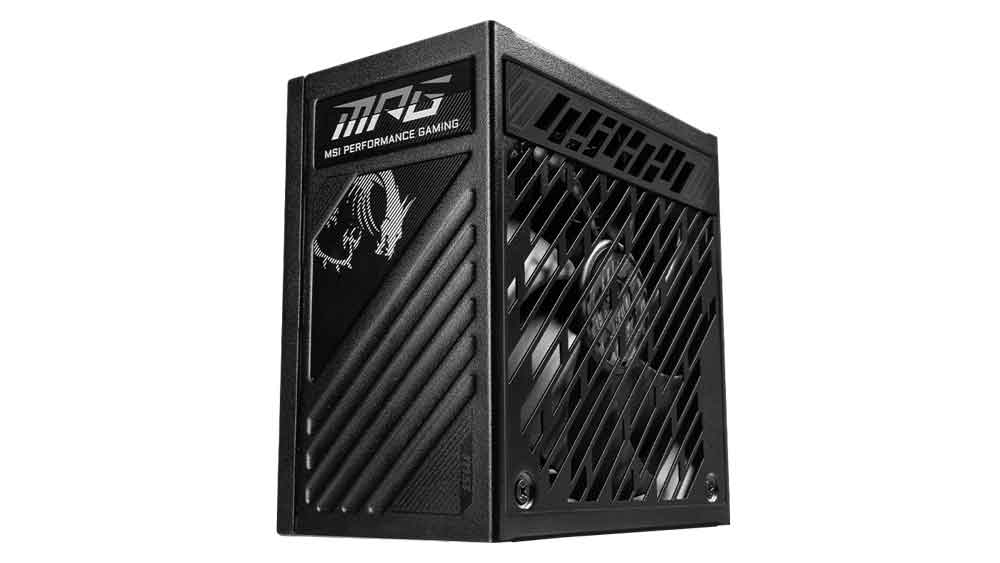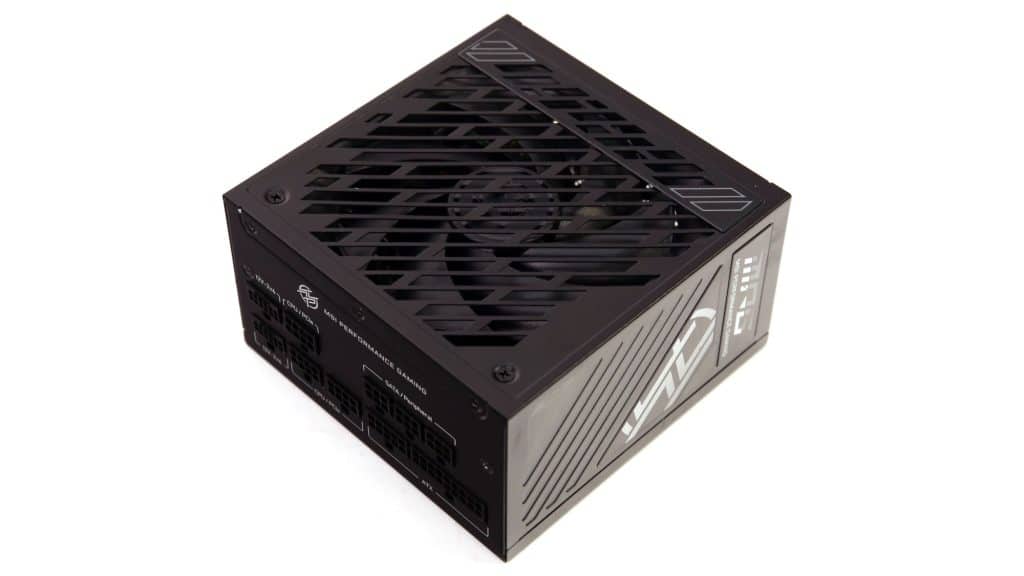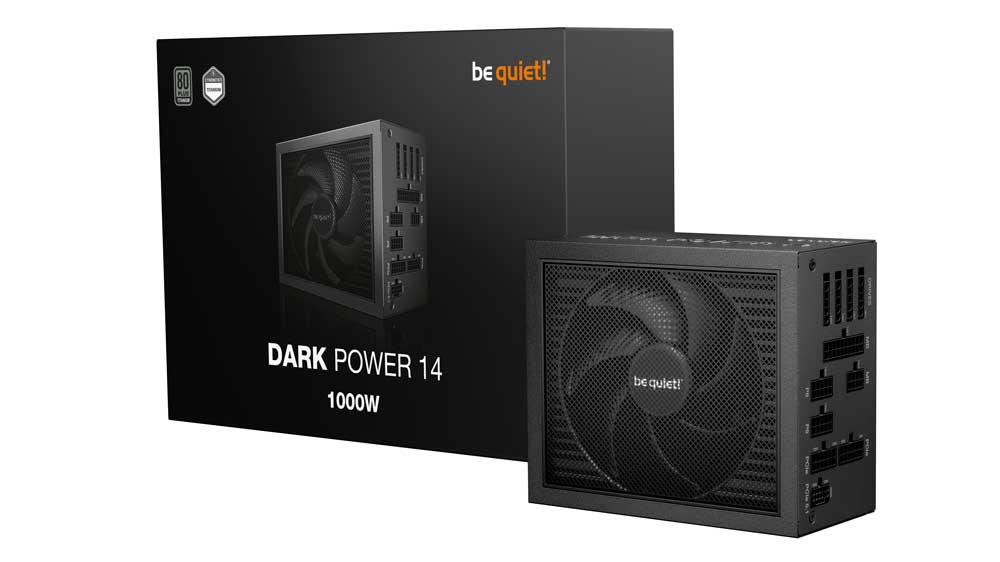Epilogue
MSI is trying hard to enter the PSU market, but it needs more work and clearly more testing. The MPG A1000GS is a good PSU, but its price forces me to be extra picky, especially from the moment at 40-50 dollars less, you can find units like the NZXT C1000 Gold, which achieve notably higher performance. Moreover, this unit’s platform is not among the most efficient in this wattage category. Yet, its fan profile is super relaxed, making me wonder whether the platform will have a hard time under stressful conditions in the long run. Even the Corsair RM1000x (ATX v3.1) is more affordable than this MSI unit, and I don’t believe the digital PFC/LLC resonant converter on the latter unit boosted production costs. Lastly, the soldering quality wasn’t good in the sample I got, so I will ask MSI to send me a new sample(s) to check the soldering quality, among others.
The MPG A1000GS is a good PSU, but at the moment, there are less expensive and higher-performance units available, so it won’t be easy to compete with them. That said, if you are after one of the quietest 1000W units available in today’s market, this is one of them. However, as I noted already, it’s not highly efficient platform, combined with the relaxed fan speed profile, it can affect the PSU’s reliability and performance in the long run. I didn’t conduct a thermal analysis to look into this subject more since such an analysis is beyond a review’s scope, but I am pretty sure that MSI and CWT did that, and it would be interesting to check this report.
Lastly, the single 6+2 pin PCIe only means that this PSU is NOT for AMD-made graphics cards but only for NVIDIA ones. This is a great shame, limiting the PSU’s buyer pool and showing MSI’s bias towards NVIDIA. Since I firmly believe that all brands should have equal chances in today’s market, and although I disapprove of AMD’s stubbornness with the 12V-2×6 connector, I still would like to see three PCIe 6+2 pin connectors on this unit on dedicated cables. MSI could provide a 12V-2×6 to 2x 6+2 pin PCIe to rectify this issue.
Before investing in a new power supply, read my Best ATX v3.x PSUs article to check all alternative PSU offerings. You help me a lot by using my affiliate links, which don’t increase the product’s price. I get a commission from Amazon every time you do it, which can make a difference for me, especially now that I am on my own, working exclusively for my media and not for someone else.
- Delivered full power at 46°C
- High enough average performance
- Silent operation
- Cybenetics Gold Certified
- Higher than 70% efficiency with a 2% load
- High PF readings
- Efficient 5VSB rail
- Tight load regulation
- Good enough ripple suppression at 12V
- Low vampire power
- Low inrush currents
- FDB fan
- Alternative Low Power Mode (ALPM) compatible
- Not competitive performance per price ratio
- Given its price tag, I expected higher efficiency
- 12V and 3.3V rails drop low ATX v3.1 transient load tests (but they are still above the limits)
- Mediocre transient response at 3.3V (normal loads)
- Mediocre soldering quality
- Protection features need some adjustments on the minor rails
- No fan failure protection
- Only a single 6+2 pin PCIe connector (so NOT suitable for high-end AMD GPUs)




Considering getting the A1250GS version of this as I have a MSI 5090 Vanguard coming in soon and currently only have a EVGA 1000 GT for my 13900K/5090 build. Do you think the 1250 version should be similar to this one? I was looking to get an ATX 3.1 PSU and mainly wanted to go with MSI on the off chance anything happens with the card, they then can’t blame the PSU.
1250W is by the same OEM CWT. One problem we had at 115V is that the APFC confused our power analyzers, dropping low PF
Hello, Aris ! I’ve been looking at multiple benchmarks and reviews on your page and on the cybernetic’s site and idk that psu to choose for a 5070 level of build, the super flower 850w leadex vii gx, the msi a850g, or the corsair rmx 850w atx 3.1, price wise the first 2 are basically the same price and the corsair one is 25$ more expensive
I would probably go for the Corsair unit. 25 dollars more is nothing for a PC part that you will keep for many years.
Are super flower units such as leadex vii xg and pro variants not as good as people say they are ?
they are pretty good. Who says the opposite?
Thanks for your suggestion ,but I’ll probably get the xg psu because it’ll allow for a longer gpu in my 20l case
Hi, Aris! I scrolled down Enermax’s website, and came up with Enermax Revolution III. It is said to be ATX 3.1, and i’m pretty sure it’s a replacement for Revolution DF judging from its price
Would you be consider to review this unit? Thanks
if Enermax sends it over, I could take a look 🙂
hello Aris did Gigabyte sends you some of their new AI PSU ?
GBT doesn’t even talk to me, for many years now after I exposed its failure PSUs.